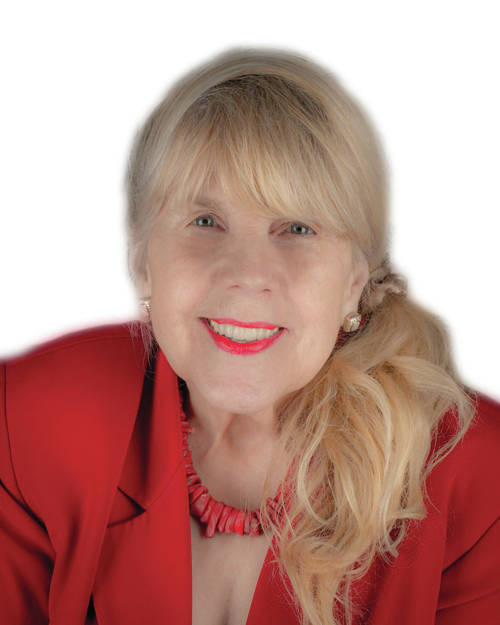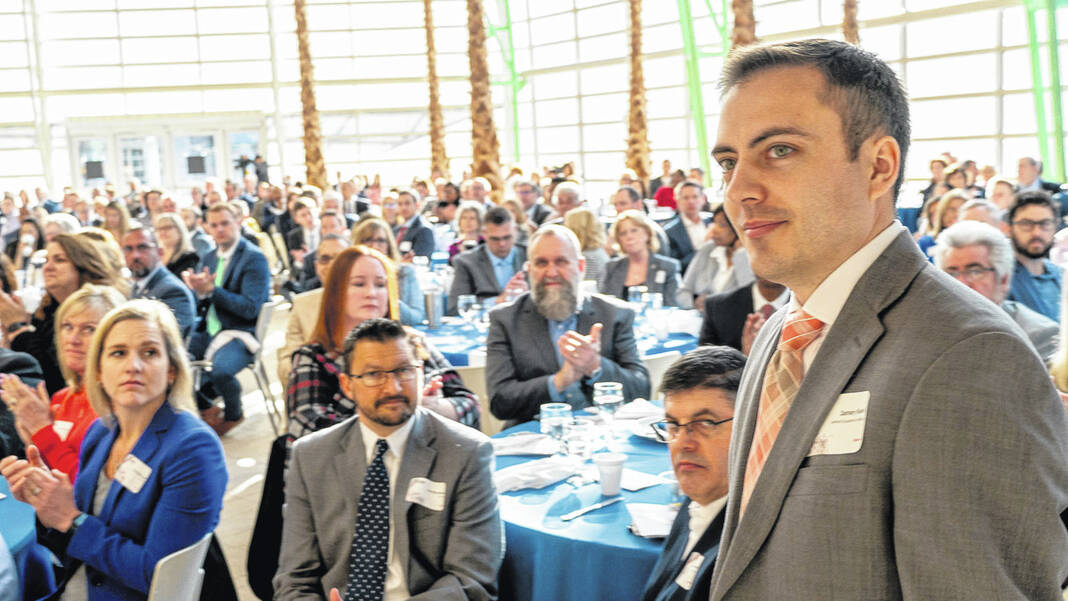

Zack Kiehl, CEO and co-founder of Sentinel.
Provided photo
By Vivian Blevins
Contributing Columnist
The space in my Dayton newspaper devoted to the recent deaths of coal miners in southern Poland was quite small, but it screamed at me and demanded my attention. I continued to use my search engine to keep updated on the death toll of miners and rescue workers. As I went online day after day, I read that 18 were dead with more missing, but I couldn’t find an updated account as I tried to meet my deadline. This makes me question whether in reality we consider ourselves a part of a global village.
These deaths and injuries were much more to me than something that happened in eastern Europe to person whose language I don’t speak, a country that I’ve never visited in my 30 plus trips out of the U.S. My first presidency was of Southeast Community College, located in the coal fields of southeastern Kentucky. I’ve researched and written about the Scotia mining disaster in Letcher County and have interviewed widows of some miners who died in that tragedy. I know about mine rescue teams and their preparation for such disasters as well as the dangers to their own lives as they attempt rescues. I was made an honorary coal miner back then. and the UMWA (United Mine Workers of America) was responsible for my being named a Kentucky Colonel. Both of these were signals to me that the coal miners wanted me to know that they appreciated me.
But even before my tenure at that college, I understood a bit about coal mining as my father was a coal miner for U.S Steel in Lynch, Ky., until one of the bust periods came along and he knew he needed to leave that industry. My maternal and paternal grandfathers were coal miners. I also understood about Black Lung, silicosis, from Roy Lee Blevins, my father-in-law: the hacking, the struggling to breathe, the oxygen tanks providing air as his lungs wasted away.
Most of us understand the metaphor “canary in a coalmine.” It refers to the practice of using canaries in coal mines as a way of determining possible toxicity, poisonous gases, in the environment. If the canary became lethargic, it was time to “hit the road, Jack” if an escape route were possible. In today’s parlance, it means a warning that something untoward is about to happen.
It’s 2022, and I understand the resistance to the continued reliance on fossil fuels and the concern with climate change. I know that we have a single earth, and what impacts air, soil, and water in one part of the world impacts all of us. Further, I understand the heated politics of these issues.
I want, however, for those men and women who depend upon coal mining to pay rent, clothe their children, and put food on the table to continue mining coal as long as jobs are available. And I want them to be safer.
Zack Kiehl, CEO and co-founder of Sentinel in Dayton, Ohio, writes, “An overwhelming majority of occupational illnesses, injuries, and fatalities are preventable. Sentinel’s SafeGuard provides a personalized and predictive environment.”
Exactly what does Kiehl mean, and what is he offering to coal companies? In plain language, he is offering technology (Think something that is so small you could hold it in your hand, but the coal miner would be wearing it on his body. Think of your car or truck and the signal that comes on when something is amiss, the warning that tells you that you need to get your vehicle to a shop before it has to be towed and perhaps will need an expensive new or rebuilt engine). If it is determined that methane was responsible for the deaths in Poland, Kiehl’s company has sensors that can fit in the palm of a hand to detect dangerous levels of methane.
According to Kiehl, the device “can monitor physiological, environmental, behavioral, and location data to look for hidden dangers that the human body cannot readily sense.” It does this by having the coal miners use “ wearable sensors, analytics, and software to make it easier to identify health and safety risks.” As Kiehl indicates, “There are non-fatal stressors that negatively impact the quality of life: noise exposure, excessive vibration, and overexertion,” and devices are capable of monitoring these issues.
At this point you might be saying, “ Aw shucks, Vivian, you don’t know these coal miners. They’d never go for something like this.” If you believe this, think again. Today’s coal miners use all kinds of technology to navigate their lives both at home and on the road.
Your next argument might be that the heads of coal companies and their boards would never invest in this technology. My response to this is that they are not stupid and realize that the initial investment pays off in the long run in terms of protecting the health and well-being, even the lives, of those who work for them, and avoiding fines, bad public relations and mine closings while accidents are being investigated. They know competent, satisfied workers produce the profits they enjoy.
Your final question might be that you want an answer to who is paying me. No one. This company has worked with both commercial and defense organizations (the U.S. Department of Defense) to achieve these safety goals through the products they invent and market.
In conclusion, we know that we can never totally eliminate accidents, injuries, deaths, but we need to be aware of processes and products to mitigate them. And knowing is not enough: We must be proactive even if our sons and grandsons/daughters and granddaughters are not those underground coal miners.
Vivian B. Blevins, past CEO of colleges in Kentucky, Texas, California, and Missouri, holds a Ph.D. from The Ohio State University. She currently writes a weekly column for Aim Media Midwest, teaches at Edison State Community College, and volunteers with veterans. Her email is [email protected]. Viewpoints expressed in the article are the work of the author. The Daily Advocate does not endorse these viewpoints nor the independent activities of the author.




